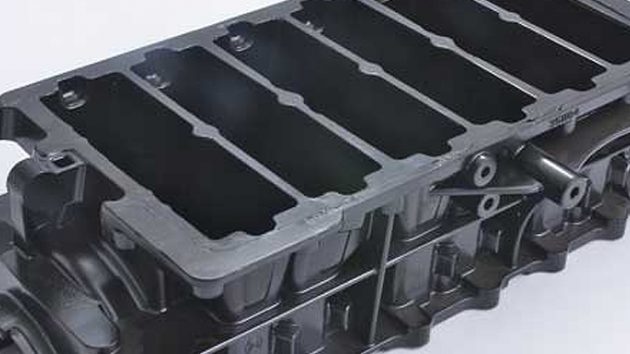
Balancing Cost & Quality When Purchasing Pattern Equipment
The Economics of Good Pattern Equipment
Producing superior castings at minimum cost depends in large part on the quality of your pattern equipment. To produce quality results over time, your foundry needs to maintain the pattern equipment to the highest standards.
But how do you achieve quality pattern equipment at an affordable price? Begin by selecting the right type of pattern in the first place. Mold materials and systems have been developed which can produce close dimensional accuracy and smooth surface finishes. Plaster or metal molds are often used to produce close dimensional tolerances and a smooth surface finish. Expandable wax or plastic patterns are used to produce intricate parts. Whichever type your parts require, achieving precision and accuracy in your castings will depend on the care taken by the pattern maker in producing your models and patterns.
Talk to Your Foundry First
Having patterns constructed by a pattern maker without consulting the foundry is another hazard to avoid. The foundry may add a small mark-up to any patterns they purchase, but usually a lower cost results by placing the full responsibility with the foundry when they provide the pattern equipment.
In pursuing this course, the metal casting buyer may feel at risk should the need arise to transfer equipment from one foundry to another. If the foundry choice is correct, this need will seldom arise. If it is necessary to provide this kind of flexibility, and the patterns are well made, it is a fairly inexpensive process to remount patterns onto new boards or pattern plates to suit the new foundry.
Think Long Term
Purchasing pattern equipment often involves a compromise between cost and quality. The idea is to achieve the highest value while delivering the best performance of the end part. Don’t make the mistake of choosing wood patterns just to save on the initial costs, when what you really need are metal patterns. The same is true when choosing between plastic patterns and the new urethane pattern materials. The lost quality isn’t worth any cost savings.

Recent Comments